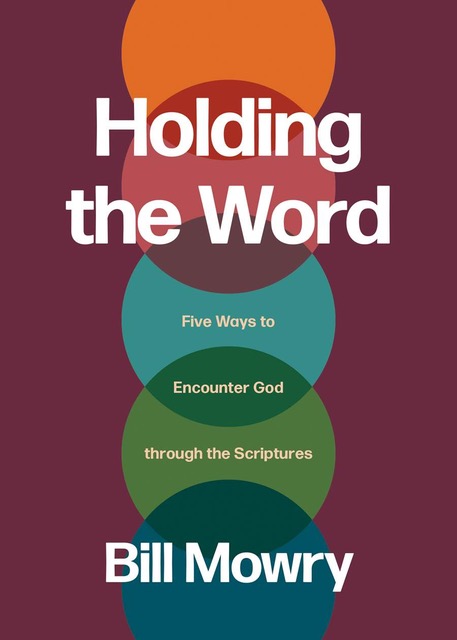Disciplemaking is like ballroom dancing. There’s an elegance and structure to this beautiful dance of growth. In traditional ballroom dancing, there’s an established leader and a follower. In traditional disciplemaking, the “disciplemaker” typically takes the lead while the one being “discipled” follows.
Just as ballroom dancing differs from couple to couple so no disciplemaking ministry is exactly alike. Like the dancers we have varying styles.
One disciplemaking style follows a structured, logical approach to helping someone grow. There’s almost a prescribed choreography to this dance. I call this disciplemaking dance style “structured intentionality.”
Others are more flexible in the disciplemaking dance moving the leadership back and forth between the partners. The leader gives greater attention to the needs of the one being discipled and these needs drive the dance. We don’t discard intentionality but we’re willing to adapt the dance in the middle of the song. I call this disciplemaking dance style “casual intentionality.”
Which style is best? It depends. Here is when we must distinguish between “means” and “ends.”
The “end” is not to practice disciplemaking one certain way. The end is helping people become wholehearted followers of Jesus. The “means” is the style of dance we choose — structured or casual. We choose the appropriate dance style to accomplish our end — helping people become mature in Christ and living on mission for Christ.
Unfortunately, we sometimes make the “means” the “end” by emphasizing only one way to make disciples. This dogmatic approach can find two partners dancing in discord rather than a harmony of movement.
When we enter the disciplemaking dance, we need balance between the two partners. For the disciplemaker, some of us may prefer a more structured approach. After all, that’s how we learn and grow. For others, we like a casual intentionality because that’s what we enjoy about life. The same is true for our disciple “partner” — he or she may prefer one style over the other. How do you balance the two so that harmony happens on the disciplemaking dance floor?
I suggest that the primary burden for the dance style is on the disciplemaker. This means being flexible with our partner in the disciplemaking dance, wisely adjusting our means to Jesus’s “end.” There’s limited flexibility in the “end” but more flexibility in the means. How do we best use our styles in the disciplemaking dance?
- Look for the learning cues of the other person. Do they ask ask questions like “How do you do this?” “What’s next?” “How does this fit?” Comments like these usually means someone prefers structure or sequence to life. If they favor spontaneity and enjoy “hanging” with people then they’re probably more relational and would prefer a more casual approach.
- Have a diversity of dance steps. Both structured and casual disciplemakers should have a diversity of dance steps. For example, if I prefer casual intentionality, I should have some structure in my performance. The Navigators 2:7 Series is an excellent example of a structured dance step. Another good resource is the website coachthebible.com. If I prefer structured intentionality then I need the steps of slowness and listening. I must learn to slow down and listen to a person’s backstory. What’s going on in their lives and hearts? How can I connect being a disciple with the reality of their everyday experience? I choose to listen rather than just prescribe.
- Lead from your strengths. While we may want to be “all things to all people” we do have preferences. Adult education research has shown that adult learning is enhanced when the educator is true to his or her preferred style of teaching rather than trying to adapt to all the diverse learning needs in the classroom. This can seem contradictory to our thinking but it highlights a simple principle — we typically disciple well from our strengths. It’s okay to be a person of structured intentionality. It’s okay to be casually intentional. Neither style is the perfect means for disciplemaking. Find your style and excel at it but be open to learn and apply the best of the other style for the sake of your partner.
- Sometimes we need to switch partners. If I have a strongly preferred style to disciplemaking then I may not dance well with everyone. My ability to adjust may be difficult. That’s when we switch partners. Disciplemaking is not a singles match but a team sport. Is there someone else in the local body or fellowship that can connect with my friend better than me? It’s okay to switch partners in the dance.
- Beware the stumble. We can stumble in our disciplemaking dance. A structured disciplemaking style can become rigid and programatic. Performance instead of grace rules the relationship. A style of casual intentionality can be so flexible that anything goes and nothing is accomplished. We swerve back and forth according to the needs and whims of another. Grace predominates at the expense of truth. Learn to temper the style of structural intentionality with love and casual intentionality with discipline. These adjustments will keep us from stumbling in the dance.
Skilled ballroom dancers create a picture of elegance, grace, and enjoyment. The same can happen in disciplemaking when we lead well with either structured or casual intentionality. Whatever disciplemaking dance style we choose, we keep our goal clear — helping people become wholehearted followers of Jesus!
May I have this dance?


Leave a Reply